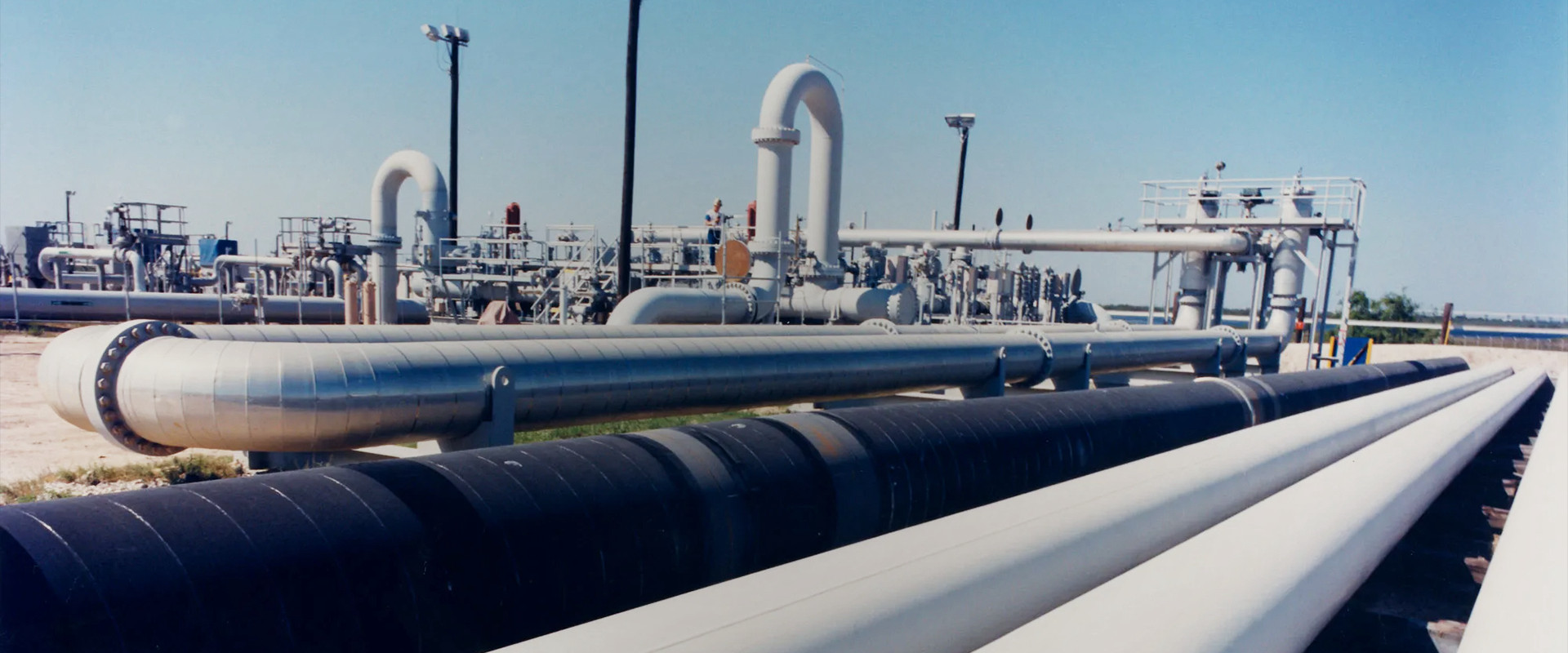-
Cangzhou Yulong Steel Co., Ltd.
-
Phone:
+86 13303177267 -
Email:
admin@ylsteelfittings.com
- English
- Arabic
- Italian
- Spanish
- Portuguese
- German
- kazakh
- Persian
- Greek
- French
- Russian
- Polish
- Thai
- Indonesian
- Vietnamese
- Zulu
- Korean
- Uzbek
- Hindi
- Serbian
- Malay
- Ukrainian
- Gujarati
- Haitian Creole
- hausa
- hawaiian
- Hebrew
- Miao
- Hungarian
- Icelandic
- igbo
- irish
- Japanese
- Javanese
- Kannada
- Khmer
- Rwandese
- Afrikaans
- Albanian
- Amharic
- Armenian
- Azerbaijani
- Basque
- Belarusian
- Bengali
- Bosnian
- Bulgarian
- Catalan
- Cebuano
- China
- China (Taiwan)
- Corsican
- Croatian
- Czech
- Danish
- Esperanto
- Estonian
- Finnish
- Frisian
- Galician
- Georgian
- Kurdish
- Kyrgyz
- Lao
- Latin
- Latvian
- Lithuanian
- Luxembourgish
- Macedonian
- Malgashi
- Malayalam
- Maltese
- Maori
- Marathi
- Mongolian
- Myanmar
- Nepali
- Norwegian
- Norwegian
- Occitan
- Pashto
- Dutch
- Punjabi
- Romanian
- Samoan
- Scottish Gaelic
- Sesotho
- Shona
- Sindhi
- Sinhala
- Slovak
- Slovenian
- Somali
- Sundanese
- Swahili
- Swedish
- Tagalog
- Tajik
- Tamil
- Tatar
- Telugu
- Turkish
- Turkmen
- Urdu
- Uighur
- Welsh
- Bantu
- Yiddish
- Yoruba

Oct . 19, 2024 07:10 Back to list
pipeline welding
Pipeline Welding Techniques, Challenges, and Importance in Modern Infrastructure
Pipeline welding is a specialized field within the broader domain of welding that focuses on the fusion of metal pipes used in various industries, predominantly oil and gas, water distribution, and chemical processing. Given the crucial role that pipelines play in transporting essential resources across vast distances, the significance of effective welding techniques cannot be understated. This article delves into the techniques, challenges, and importance of pipeline welding in modern infrastructure.
Techniques in Pipeline Welding
The primary goal of pipeline welding is to create robust joints that can withstand the stress and pressure of the contents being transported
. Several welding techniques are commonly employed in pipeline construction, including SMAW (Shielded Metal Arc Welding), GTAW (Gas Tungsten Arc Welding), and FCAW (Flux-Cored Arc Welding). Each method has its unique advantages, making them suitable for different applications.1. SMAW Often referred to as stick welding, SMAW is known for its versatility and portability. It is ideal for outdoor environments and can be used across various metals. However, welders must possess significant skill to manage the technique, particularly in maintaining consistency and quality in the weld.
2. GTAW Commonly known as TIG welding, GTAW is renowned for producing high-quality, clean welds. This method is especially useful for thinner materials and critical piping systems where strength and corrosion resistance are paramount. Although this technique requires more time and is generally more labor-intensive, the results often justify the extra effort.
3. FCAW This method combines the principles of arc welding with a flux-cored wire. FCAW is particularly effective in outdoor conditions and can provide superior penetration and speed compared to other methods. It is a favored choice for large-scale pipe installations, as it enhances productivity while maintaining weld integrity.
Challenges in Pipeline Welding
pipeline welding

Despite the advancements in welding technologies, pipeline welding is not without its challenges. Factors such as environmental conditions, material types, and the mechanical properties of the pipes present significant obstacles.
1. Environmental Conditions Welders often work in extreme conditions, including high altitudes, varying temperatures, and challenging weather. These factors can adversely affect the quality of the welds and require experienced welders to adapt their techniques accordingly.
2. Material Composition Pipelines are constructed from various materials, each requiring different welding techniques and settings. Understanding the metallurgical properties of different materials is essential to prevent issues such as cracking, improper fusion, and corrosion.
3. Safety Concerns Pipeline welding can involve hazardous conditions, particularly in oil and gas applications. Welders are at risk of exposure to toxic fumes, high-pressure systems, and potential fire hazards. Adhering to stringent safety standards and conducting thorough inspections is critical to ensuring the safety of workers and the integrity of the pipeline.
Importance in Modern Infrastructure
Pipeline welding is a cornerstone of modern infrastructure that significantly contributes to economic growth and sustainability. Efficient and reliable pipeline systems ensure the uninterrupted transportation of energy resources and water, which are vital for daily living and industrial processes. Additionally, well-executed welding solutions contribute to the longevity and durability of pipelines, minimizing the risk of leaks and environmental hazards.
In conclusion, pipeline welding is an advanced and crucial practice that underpins much of our modern infrastructure. As global demands for energy and water resources continue to rise, the need for skilled welders and innovative welding techniques will only grow. By focusing on quality, safety, and continuous improvement, the pipeline welding industry will remain integral in supporting a sustainable future.
Latest news
-
ANSI 150P SS304 SO FLANGE
NewsFeb.14,2025
-
ASTM A333GR6 STEEL PIPE
NewsJan.20,2025
-
ANSI B16.5 WELDING NECK FLANGE
NewsJan.15,2026
-
ANSI B16.5 SLIP-ON FLANGE
NewsApr.19,2024
-
SABS 1123 FLANGE
NewsJan.15,2025
-
DIN86044 PLATE FLANGE
NewsApr.19,2024
-
DIN2527 BLIND FLANGE
NewsApr.12,2024
-
JIS B2311 Butt-Welding Fittings LR/SR 45°/90° /180°Seamless/Weld
NewsApr.23,2024











